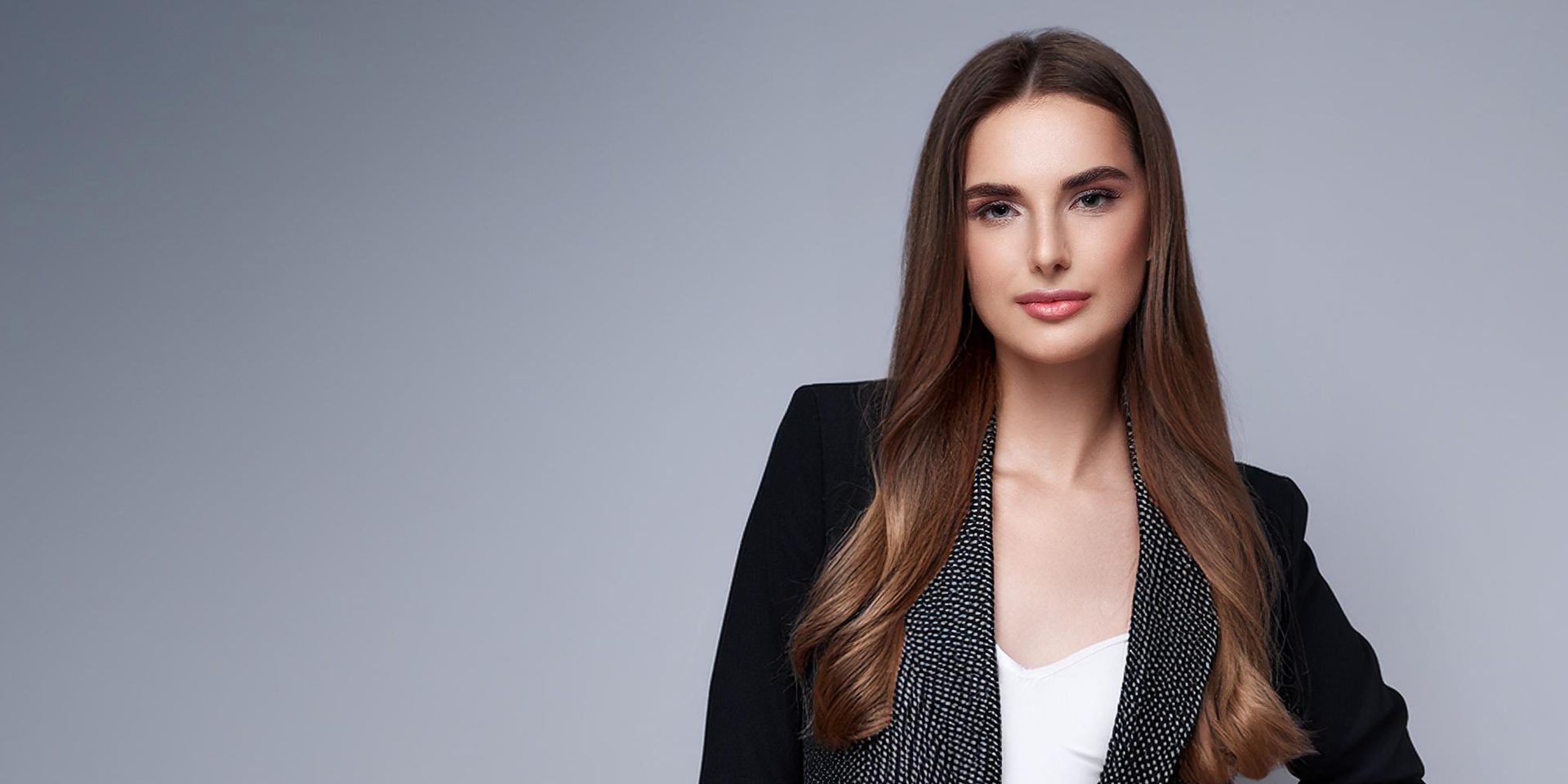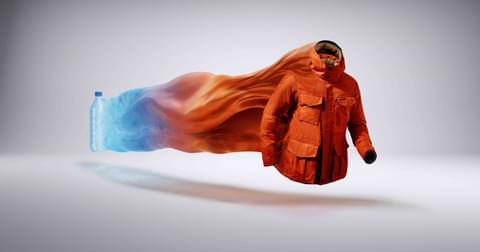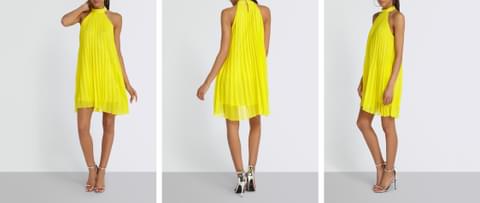Why Fashion Brands Should Take A Considered Approach To Imagery In The Wake Of AI
It’s apparent that generative AI used to create images isn’t a flash in the pan and it’s here to stay. AI may have become a social media toy for many since the tools became increasingly accessible to the public throughout 2023, but pioneering marketing teams are latching onto the technology to enhance their ecommerce activity.
With generative AI increasing in sophistication, it’s become an exciting addition to the photography industry. It provides numerous benefits to brands who venture into this new world including cost savings, more tailored images, and reliable results – on face value, AI is a worthwhile investment for ecommerce brands.
Successful ecommerce requires accurate product listings full of information which should include strong descriptions, engaging photography, and dynamic videos. All these elements help to connect with customers whilst demonstrating fit and feel to encourage sales and reduce returns.
So, let’s explore how AI fits into this mix for fashion brands.
A Word On Trust And Authenticity First
Two words have become incredibly important to consumers – Trust and Authenticity.
According to 800 international retailers and brands surveyed by leading global logistics company Asendia in 2023:
- 73% of consumers are more loyal to brands and retailers who they believe are more authentic.
- 59% of customers will exclusively shop with brands they believe to be authentic.
- 65% of consumers would swap to a competitor if they perceived a brand not to be authentic.
In Asendia’s research, authenticity is defined as how a brand is perceived to be faithful to itself, its customers, and to the wider world. In other words, it’s the basis on which shoppers trust them. This trust has the potential to be lost when a brand looks as though it’s trying to be something that it’s not.
Although preference for authenticity is high across the board amongst audience groups in Asendia’s research, it is Gen Z who are the most likely to adjust their spending habits based on this value. These findings indicate that brands who are transparent in their content are more likely to convert a lead. This is further backed by a report by Getty Images that states nearly 9 in 10 consumers globally want to know whether an image has been created using AI, and 98% of consumers agree that ‘authentic’ images and videos are pivotal in establishing trust.
The rise of generative AI, on the surface at least, conflicts with trends in consumers wanting to connect with authentic brands. However, the picture is far more nuanced, and the use of AI must be considered holistically, with consideration of brand values and campaign messaging.
The Upsides Of Generative AI
Forbes reported that 90% of online content could be generated by AI by the end of 2025. For many, this statistic is likely to be concerning, as there are questions over the implications of this trend for all of us. However, there are benefits for brands, and marketing teams are starting to realise the potential that has come from recent advancements in generative image AI.
When trained on AI prompting, the ability for marketers to produce images quickly and cost effectively are huge incentives. It also opens doors for quicker experimentation which would traditionally take up precious time and resources. Plus, use of AI is easily scalable - it allows for greater flexibility due to fewer real-world variables than traditional content creation. AI can bring ideas to life with simple inputs, turning concepts into reality. Finally, it can offer a sustainable solution in our collective drive to reduce carbon emissions.
Introducing AI Fashion Models?
Recent strides forward in sophistication has allowed AI to be harnessed to generate fashion models. These avatars can represent a person to the fullest diversity imaginable by the programmer, be used at a moment’s notice, and can react to prompts to build almost any promotional image.

For example, clothing giant Levi’s are using AI models to supplement their representation of diverse sizes, skin tones, and ages. Amy Gershkoff Bolles, Levi’s global head of digital and emerging technology strategy, announced the use of AI models at a Business of Fashion event in March this year:
“We are excited about a world where consumers can see more models on our site, potentially reflecting any combination of body type, age, size, race and ethnicity, enabling us to create a more personal and inclusive shopping experience.”
This new trend has led many brands to question whether they too should follow suit.
Taking A Considered Approach To Ecommerce Images
The ecommerce explosion in the last decade or more has increased the demand for photography, with ghost or invisible mannequin ever popular due to it being quick and easy to produce with some simple post-production techniques.
This has led to a highly competitive environment with thousands of fashion brands pitted against each other in the same space with a similar aesthetic. In theory, this landscape is perfect for AI to enter the equation as a quick and easy solution to creating simple images, or a tool to generate advanced imagery that captures attention.
Despite this, brands must consider the demand for authenticity by consumers. AI used inappropriately has the potential to harm consumer confidence as it brings trust into question. Here, a highly considered approach is best, reflecting on brand values and positioning in the marketplace. You do not want your customers to feel that they are being lied to.
Would AI Generated Imagery Be A Good Fit For Your Brand?
Relate this back to the rising demand for authenticity within the marketplace – if AI aligns with your brand messages, and your customer personas would respond well to the use of technology, then invest!
However, a different solution may be the wiser choice for many. In the fashion industry, consumers connect with personalities and identities. Clothing is a form of expression, and reinforcing this with creative choices helps brands form a stronger connection with their audience.
With any creative media selection, the right choice is crucial, and developing relationships with trusted model agencies or creative companies will allow you to pick the right personalities and aesthetics that match your brand messages. It’s also possible to get highly creative with model shoots and apply advanced post-production techniques – this provides the creative benefits of AI whilst maintaining the human element.
Brands should consider all forms of imagery for their ecommerce listings. Customers increasingly expect videos showing more of every product - 360 rotations, stop motion, and CGI are all effective ways to meet the demand and encourage your customers to ‘add to basket’. Alternatively, if you want to keep it all in the real world whilst maintaining a creative edge, then location shots would be the way to go.
A Lesson From Nature
The skill and craft put into producing an image is appreciated by an audience, even if this happens subconsciously. In effect, when publishing content, a brand is highlighting their expertise and resources. It’s the Darwinian concept that showing higher skill and more resources highlights you as a strong individual, or in this case, a strong brand.
Think of a peacock with its tail feathers, an elk with its antlers, or a tropical bird calling loudly – the very expense of energy used to create the display is what is impressive. Brands peacock in a comparable way – large sponsorship deals, expensive facilities, or highly skilled creative – all building trust with consumers.
That’s why the most successful fashion campaigns I see have the extra investment, whether that be a remote location, a daring concept, or the apparent skill of the photographer. The simple addition of a model compared to a ghost mannequin shot for example can show your brand as the one to choose. The subconscious thought is that a poor-quality brand wouldn’t invest in high quality promotion.
Generative AI disrupts this concept due to its lower barrier to entry, efficient costs, and relative ease of production at scale. Whether this disruption is positive or negative, consumer attitudes are likely to differ. Therefore, marketers must consider their brand values and customer personas when deciding whether to use the new tools.
Weighing Up The Creative Options
The options available to the marketer in today’s landscape creates complexity. AI is the latest tool that could add value to your marketing campaign if the aesthetic and innovative methods fit your audiences. But proceed with caution – particularly in fashion – as people are at the heart of the product and consumers may not be ready for the disruption. If AI is to be used in the production of an image, advertise this clearly – customers don’t like to be deceived and the lack of trust in online content is putting audiences on high alert. This transparency lends itself to authentic content which is what consumers want.
Not Sure Which Direction To Go?
With ecommerce changing quickly, it’s important to have a creative partner that you can trust. I’ve worked with clients since 2006 to produce a range of different looks using both traditional and cutting-edge production techniques. The values I’ve instilled in my team are of trust and authenticity. Based in the heart of the Calder Valley in the North of England, we live up to expectations.
Get in touch with us
Whether you have a blank canvas or a full brief ready to go, we can collaborate to create visual assets that make an impact.






